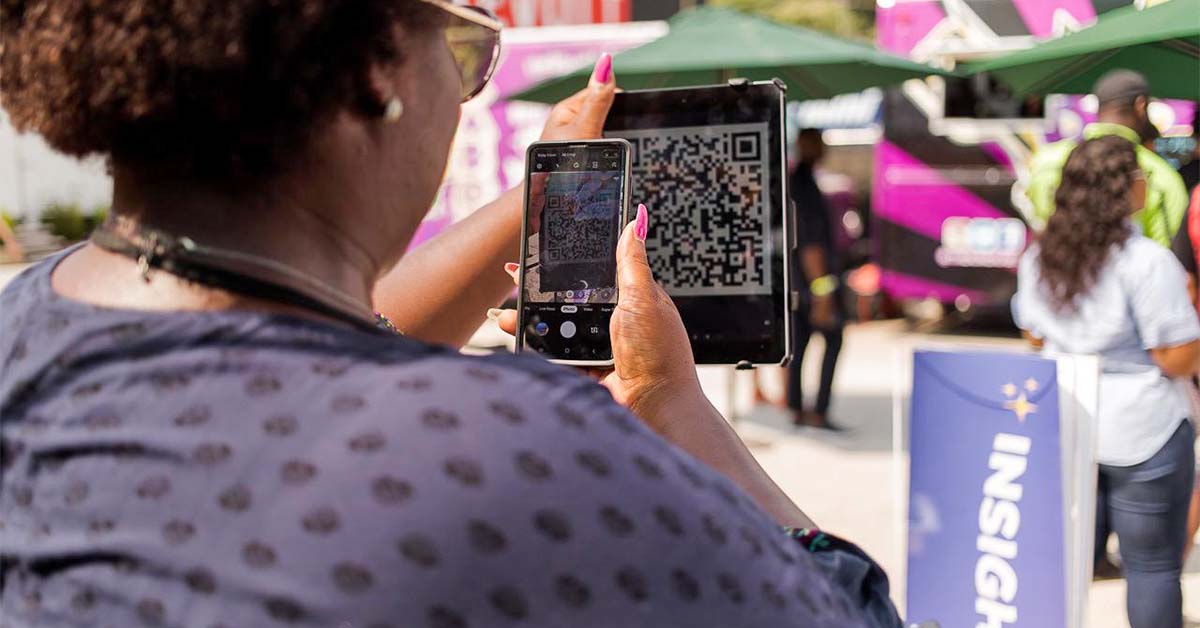
CX research is helping the best companies today differentiate themselves and win.
Need proof? Look no further than Nordstrom, Starbucks, and Apple—brands that have pulled away from competitors with their customer-obsessed approach.
On the flip side, it’s still hard to forget the United Airlines vs. Guitar Guy saga of 2009. A crummy customer experience management cost the brand a 10% stock price dip, a viral YouTube video blasting the airline, and a ton of bad press. And more than a decade after, we’re still talking about it!
But customer experience isn’t always these big, newsworthy moments.
It’s often much more nuanced—like the feeling a customer gets when they open their package or how easy it is for them to get help when they need it. It’s these micro-moments that make up the entire customer experience.
And it’s these moments that are quite literally making or breaking businesses today.
That’s why companies are doubling down on understanding and improving the customer journey through CX research.
As its name suggests, customer experience research (CX research) is research that aims to understand every touchpoint in the customer journey. It typically involves using conversational surveys, text analytics, sentiment analysis, one-on-one interviews and other market research techniques to understand the nuances in every customer touchpoint.
To understand the end-to-end customer journey, CX researchers typically conduct and mix different approaches, including:
Today, more advanced CX research programs leverage mobile-first tools to conduct in-the-moment research and capture the voice of the customer in real-time.
CX research isn’t fluff. It has a big, lasting business impact.
Great customer experience is now the cost of doing business. Consumers from every demographic expect convenience, personalization, and a frictionless experience when engaging with your brand.
And if you don’t deliver? They’re prepared to leave a bad review, tell their friends and family, or shift their business to a competitor. Or worse–all of the above.
So what impact can CX research have on a business' bottom line?
Companies who invest in CX research and improve the customer experience:
And stand out from competitors—but the race for differentiation is tightening, according to Forrester’s 2023 predictions. Brands that have typically lagged when it comes to CX will catch up by solving basic problems, while brands that were leading the CX pack will struggle to adopt truly transformative CX improvements.
Based on our experience working with brands in media, tech, financial services, and other major industries, here are 3 ways to use mobile to unlock deeper CX insights:
Research from Wharton has found that people are more likely to share deeper and more personal information when on a smartphone, compared to a PC. It’s called attention narrowing.
The researchers found that our phones are where we’re having private, intimate conversations with our friends, partners and family. We’re comfortable with our devices, we trust them…and we tend to let our hair down a little more when we’re using them.
So what does this mean for CX research?
It's simple: be mobile-first. Not just mobile-friendly.
And, no, this doesn't mean forcing boring, flat surveys on smaller screens. To really harness the benefits of mobile, surveys need to be reimagined into something that feels more like a chat or a messenger experience. Your surveys should look and feel like a conversation—after all, isn’t that what we’re trying to have with our customer?
Recall has always been a challenge in CX research.
The experiences consumers have at stores, on websites, and at events are made up of a million small details. And the further they get away from these little details (in time and space), the harder it is for them to articulate their experience.
Today, CX researchers are using mobile-first features like SMS, video, and text notifications to get feedback from customers in the moment, right as they’re having the experience.
A great example of this is the work we’ve done with the Vancouver Canucks to understand the in-stadium experience—while fans are still sitting in their seats!
Previously, fans were sent an email survey after the game, asking their thoughts on the concessions, the pricing, and the overall experience. But the research team found that people’s responses were often skewed by game results. Fans reported better experiences when the team won, and worse when the team lost—something an operations team doesn’t have a whole lot of control over.

To capture more accurate fan feedback, the Canucks research team launched “in-arena” studies through their fan insight community.
Instead of waiting to get the feedback, the company now sends chat surveys right directly to attendees during the 3rd period TV timeout. This timing is very strategic: at this point, fans have already experienced most elements of the game, like the entertainment, concessions, and venue. They’re able to provide feedback on the experience right in the moment. Not 24 hours later when the details have already started to fade.
To put it bluntly, CX research shouldn’t suck. It’s ironic that most CX surveys are not great experiences themselves.
If the participant experience is not great, how do we expect participants to share their candid feedback?
For CX-related surveys, there are easy ways to “chattify” the questions and make the experience more conversational. These tips are a good starting point:
Our customer REVOLT, a premium cable television network, lives and breathes viewer experience. And the way they collect insights is no different.
During their annual hip hop convention, attendees are invited into the "REVOLT Insights Lab," where they’re offered a drink, a comfy seat, and a chance to participate in their research. Working with our customer success team, REVOLT makes sure that their event chats sound and feel authentic to their hip hop-loving audience.
At the end of these event chats, participants are then invited to join REVOLT’s insight community to continue the conversation.
REVOLT knows what so many brands forget—that research is another customer touchpoint for your brand. And you better make it a good one.
To unlock honest and accurate consumer feedback, brands need to transform their CX research to be mobile-first. That means capturing in-the-moment insights, having surveys look and feel more like a text chat, and swapping out the traditional bland tone for a more conversational one.
To learn more about our approach to mobile-first research, visit our Community page or watch our webinar Using the Full Power of Mobile to Capture Deeper CX Insights.
Subscribe to our blog to receive new insights on market research trends.


No Comments Yet
Let us know what you think